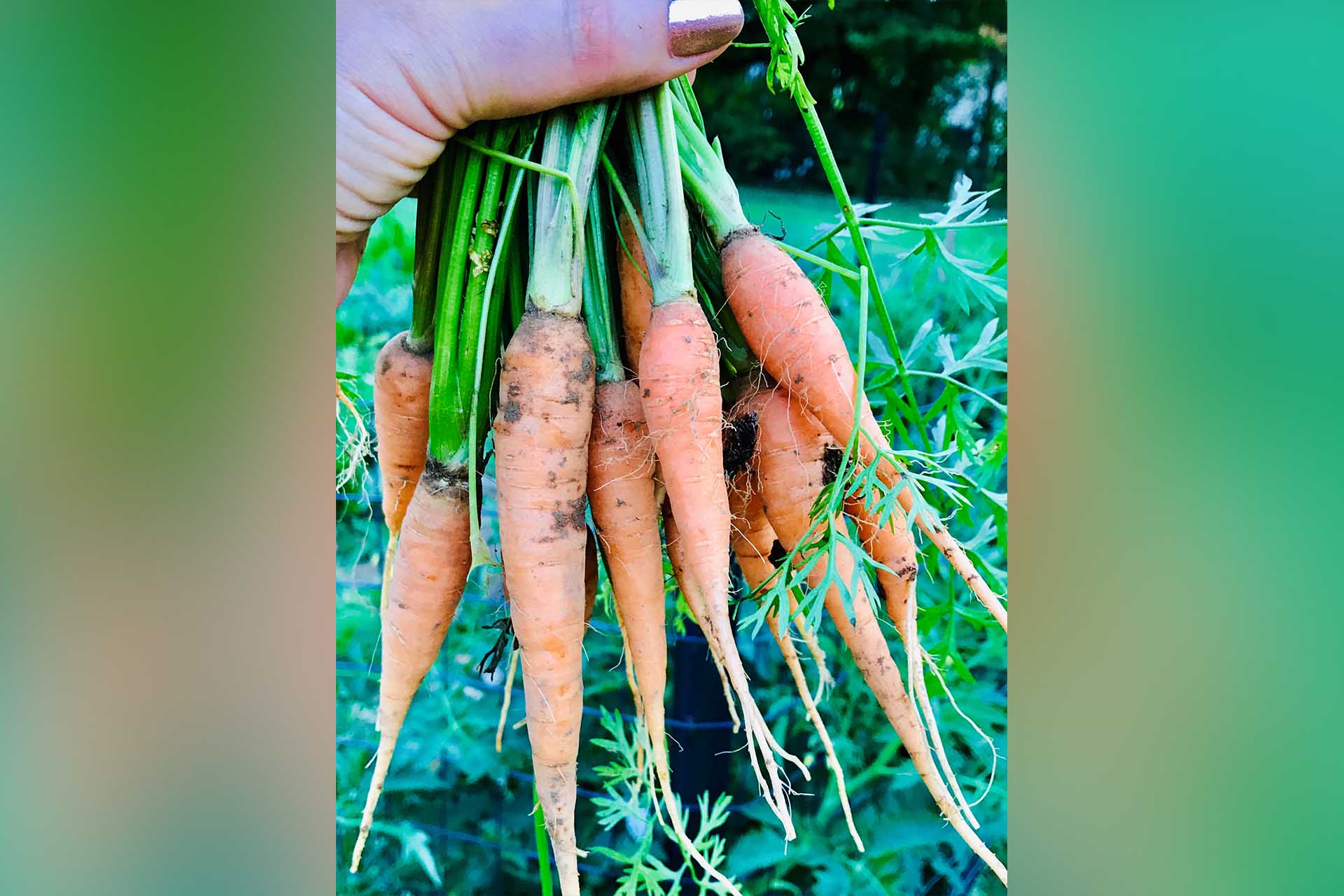Editor’s note: For even more recipes, you can follow culinary columnist Sara Jeran on Instagram at @sarajstirs and subscribe to My Buckhannon to get new articles and recipes from Sara twice a month!
BUCKHANNON – It is hard for me to believe that I have been writing this column for a year. What a wild year! The majority of this time was spent in isolation.
Reader feedback was a welcome social connection to people during the height of the pandemic. The slow-paced lifestyle offered time to listen and understand readers’ interests and fears in the kitchen. This column has connected me to the community in a richer way than I could have ever anticipated. Reader enthusiasm energizes me, and today I am answering a few culinary questions I am frequently asked.
Q: What kind of salt should I cook with?
A: Kosher or sea are always my choice. Both of these salts are coarser than table salt, making them less salty by density. Steer clear of “fine sea salt” as it is a table salt mimic. A box of kosher salt is inexpensive and can be used for everything. Pink sea salt is my favorite – delicious and beautiful. An additional salt I use frequently, but is not necessary, is a flaky sea salt. These big crunchy pieces are perfect for finishing salad, grilled veggies, even sweets.
Q: Is there a way to correct saltiness?
A: Sometimes. Sauces, soups, dressings, and marinades can often be corrected with the addition of acid. Citrus and vinegar are best; choose according to the flavors of the dish. I think lemon is the most neutral-tasting acid when used as a corrective ingredient. The lemon tames the salt while not changing the intended flavor. If you over-salt grilled or roasted meat, a honey drizzle is the trick you need. Just remember balance (sweet, salty, acid, heat).
Also, seasoning each step in the cooking process aids in eliminating a sad salty end result. This allows the salt to break down and season properly as opposed to salting the entire dish near the end.
Q: I forgot to save pasta cooking water. Can I use plain water?
A: No. The pasta water contains starch and acts as a thickener to the sauce it is being added to. Plain water will not thicken and will leave you with a watery mess. If you forget, just omit. The sauce might not stick to the noodles as hoped, but it will still taste delicious.
Q: How do I choose what oil to use?
A: I most frequently use a neutral oil, and my favorite is grapeseed. Avocado oil is also great. Both have little to no taste and a high smoke point (meaning the oil will not burn). For sautéeing and searing, this is always my grab. For baking and deep-frying, I use a basic vegetable oil. This also has a high smoke point, but it does is lack some health benefits of the grapeseed and avocado oils.
Some would disagree with me, but I prefer a neutral oil for my salad dressing. Good quality olive oil absolutely deserves a spot on the counter and should be tasted. Olive oil’s smoke point is much lower and will burn under extended high heat. Drizzled on summer tomatoes, to finish a pasta, over pizza, and on grilled seafood are all examples of excellent times to use olive oil. It’s an ideal finishing oil.
Q: If a recipe calls for fresh herbs and I only have dried, how much do I use?
A: The general rule is 1 teaspoon of dried to 1 tablespoon of fresh herbs. Some herbs dry better than others holding their original flavor, such as rosemary and oregano. Basil and dill are more delicate, dry with a milder taste, and may require additional dried herb. Start with the suggested ratio, taste as you cook and adjust accordingly.
Q: When do I harvest herbs?
A: Herbs are edible from first growth. Six inches above ground gives the plant enough strength the withstand some harvesting. Pruning will encourage more growth and with more growth, additional leaves may be cut at one time. When herbs start to flower, they are approaching maturity. Cut the flowers off (and use them as they are edible) to stunt the aging process. The plants do best if cut frequently, helping to quicken the rate of regeneration.
Q: What spices do I need in my pantry?
A: This is a hard question, and after careful consideration, I have compiled a list of “10 essential herbs and spices for a well-rounded pantry.” They are the basic building blocks of flavor. Start here and add to your collection as you try new flavors and cuisines. For the 10: peppercorns, cinnamon, chili powder, red pepper flakes, cumin, ground ginger, whole nutmeg, paprika, dried oregano and dried bay leaves.
Keep exploring in the kitchen. It is OK to ruin a dish. Do not hesitate to ask. I look forward to sharing many more culinary adventures and recipes with you. I am leaving you with an effortless homemade summer creamsicle recipe to stay cool. To all my readers, thank you and happy cooking. Peace.
Fruity Honey Almond Creamsicles
Ingredients:
- 1/2 cup heavy cream (or full fat coconut milk)
- 1 cup plain yogurt (preferably not Greek)
- 4 tablespoons honey
- 1 1/4 cup berries or stone fruit
- 1/2 teaspoon almond extract
- 1/2 teaspoon vanilla extract
- Pinch of salt
Directions:
- Combine all ingredients except fruit.
- Mash 3/4 cup of the fruit and add to the yogurt mixture.
- Pour a layer of yogurt mixture into popsicle molds**, place a couple bites of whole fruit in the middle and fill with the yogurt mixture to finish. Freeze until solid.
**If you do not have popsicle molds, Dixie cups and popsicle sticks work great!
Sara Jeran is a culinary enthusiast, gardener, beekeeper and Buckhannon native. Follow her on Instagram at @sarajstirs.
















